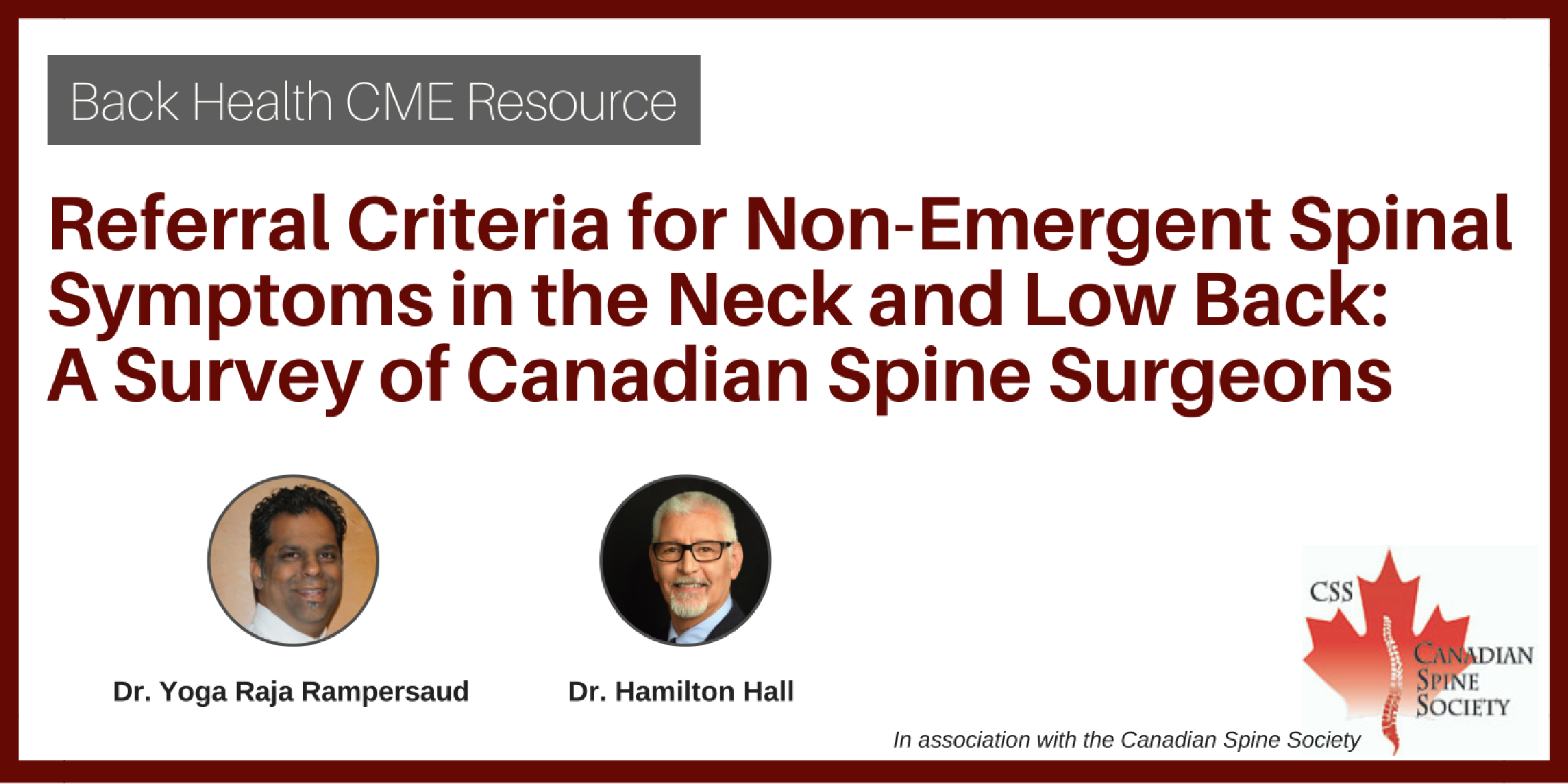1Associate Professor Department of Surgery, University of Toronto, Divisions of Orthopaedic and Neurosurgery University Health Network Medical Director, Back and Neck Specialty Program, Altum Health, Past President Canadian Spine Society.
2is a Professor in the Department of Surgery at the University of Toronto. He is the Medical Director, CBI Health Group and Executive Director of the Canadian Spine Society in Toronto, Ontario.

